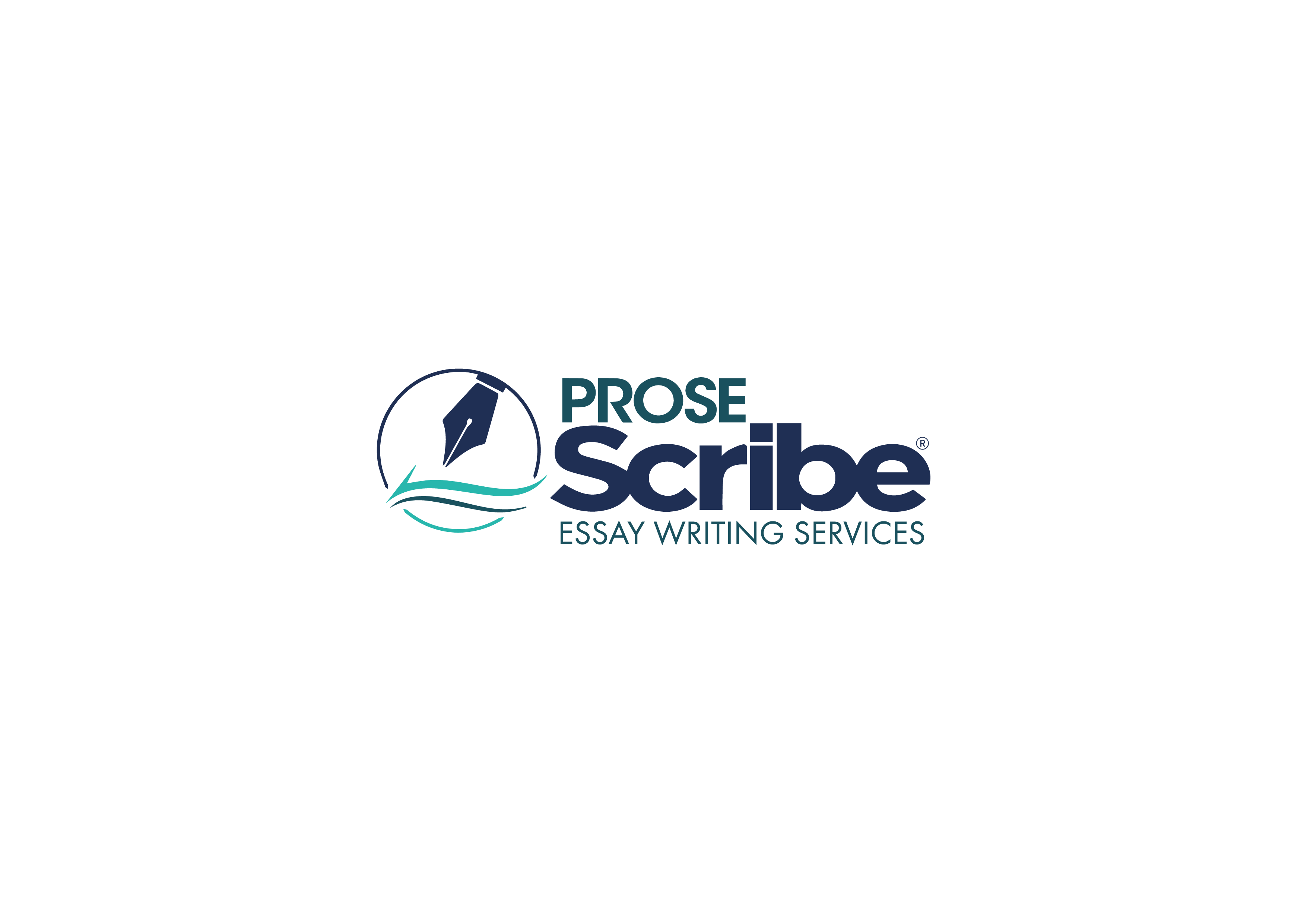Risk Assessment Risk assessment is a systematic process for evaluating potential risks in materials used during the manufacturing of finished products that could negatively impact quality. For part II of the assignment, you will explore elemental impurities statements or residual solvent statements and summarize potential risks associated with these statements on the quality of the API you selected. You will then propose ways to mitigate risks to ensure that products are manufactured in a consistent manner that meet the quality requirements. Part II of the assignment is worth 25% of your final mark. Part II: Due Sunday March 31, 2024 before 11:59PM Assume that your company has selected Spectrum Chemical Manufacturing Corp as the vendor for your selected API. Review the Scientific Document provided for your selected API and focus on the statements listed below which summarize potential risks for impurities in your selected API.
• Source Statement
• BSE/TSE Statement
• Allergen Statement
• EU Fragrance Allergen Statement
• GMO Statement
• Melamine Statement
• Nitrosamine Statement
• Animal Testing Statement
• Shelf Life Statement
• Other Chemicals Statement
1) Select five statements from the list above and provide the following information for each of the five selected statements;
a. Provide a definition for each statement and the risk it poses for the manufacturing of high quality products that are safe for the consumer
b. Write a conclusion regarding any risks based on the five selected statements for your API 2) Some raw materials contain traces of elemental impurities and residual solvents that originate
from synthesis and manufacturing and as such, they are closely monitored so that the final product meets the requirements for limits for elemental impurities and residual solvents. Review the elemental impurities statement and residual solvent statements for your selected API and answer the following questions:
a. Does your API contain any elemental impurities based on the statement? If so, please describe each elemental impurity by stating the class, permitted limit, and toxicity. Please refer to Q3D(R1) ICH guideline on elemental impurities for more information.
b. Does your API contain any residual solvents based on the statement? If so, please
describe each residual solvent by stating the class, permitted limit, and toxicity. Please
refer to USP <467> guideline on residual solvents for more information.
c. Can you conclude that your API does not contain any elemental impurities of concern
based on the elemental impurities statement provided? What would you propose to
your company to mitigate any potential risk to ensure that no elemental impurities are
present above the limit in your finished product?
d. Can you conclude that your API does not contain any residual solvents of concern based
on the residual solvents statement provided? What would you propose to your company
to mitigate any potential risk to ensure that no residual solvents are present above the
limit in your finished product?
3) Refer to the specification you previously prepared for your API as per the USP monograph. Based on your risk assessment on elemental impurities and residual solvents for your API, would you add any additional testing requirements for elemental impurities and residual solvents to your specification for API release? If yes, please make sure that you revise your specification accordingly and include limits for the elemental impurities and/or residual solvents. If no, please make sure that you provide justification on your specification for not performing routine testing of elemental impurities and residual solvents for release testing of your API. You will need to include your revised specification and change the version to revision 01 in a history of changes table.



